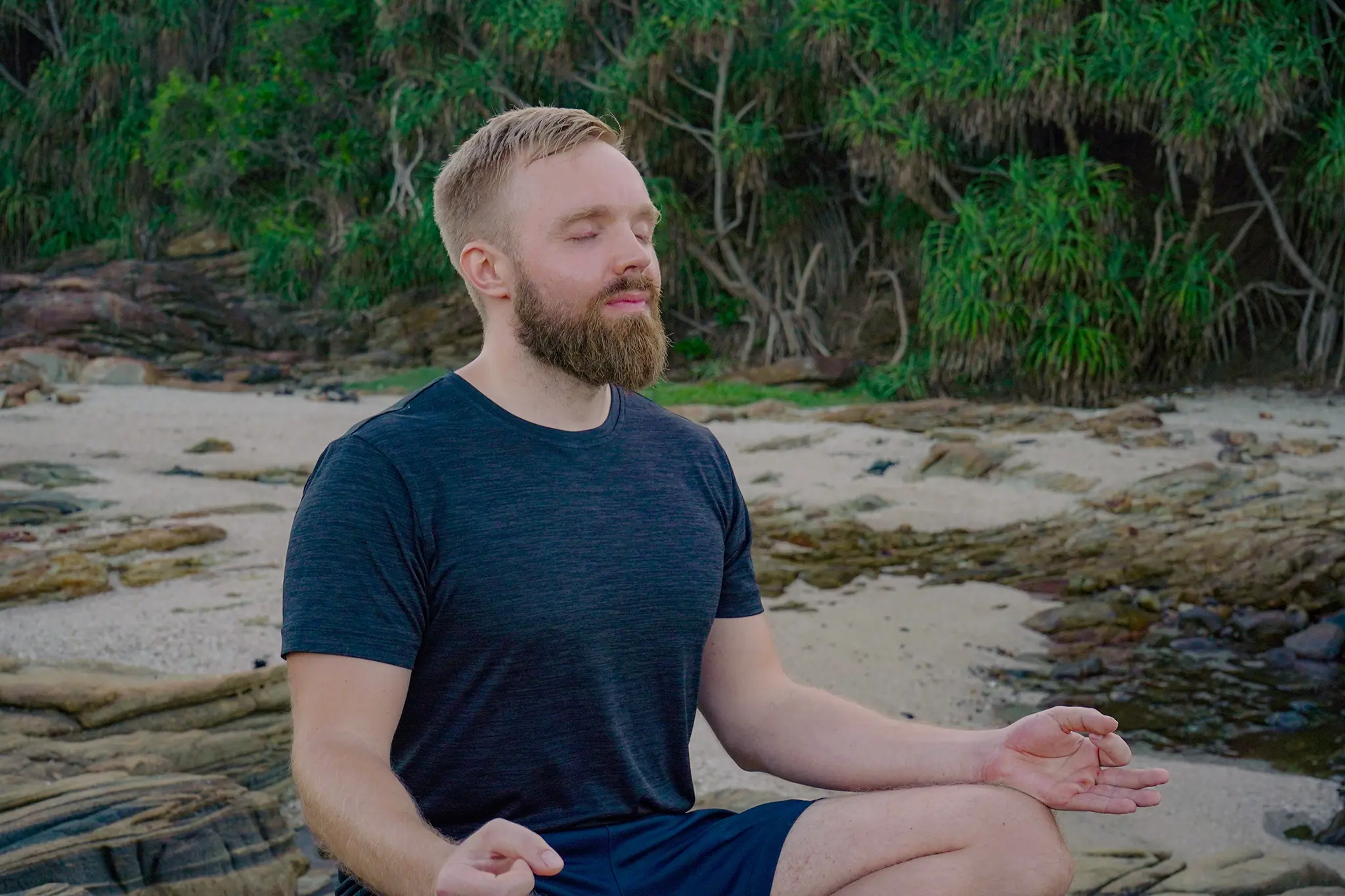This is the sole way
- For the purification of beings
- For the overcoming of sorrow and lamentation
- For the disappearance of pain and grief
- For reaching the true way
- For the realization of unbinding
Namely the four foundations of mindfulness:-
- The Contemplation of the Body (Kāyānupassanā)
- The Contemplation of Feelings (Vedanānupassanā)
- The Contemplation of Mind (Cittānupassanā)
- The Contemplation of Mind Objects (Dhammānupassanā)
Four Requirments for this Mindfulness (Qualities)
- Ardent
- Clearly Knowing
- Mindful
- Free from desires and discontent for the world
Selected Kāyānupassanā topics for beginners
- Ānāpānasati – Mindfulness of Breathing
- Iriyāpatha – Mindfulness of Postures of the Body
- Sampajañña – Mindfulness of Clear Comprehension (on all activities)
(Satipaṭṭhānasuttaṃ, MN I)
Ānāpānasati – Mindfulness of Breathing
Recommended Places:-
- (Araññagato) – gone to the forest or
- (Rukkhamūlagato) – gone to the root of a tree or
- (Suññāgāragato) – gone to an empty house / hut
Recommended Posture:-
- sits down
- having folded legs crosswise
- set body erect
- having established mindfulness in front of him
Basic:-
® Meditator mindfuly breathes in
® Meditator mindfuly breathes out
Steps:-
Regarding the body
01 Conscious breathing in long
Conscious breathing out long
02 Conscious breathing in short
Conscious breathing out short
03 Breathing in experiencing the whole body
Breathing out experiencing the whole body
04 Breathing in calming the bodily formation
Breathing out calming the bodily formation
Regarding feelings
05 Breathing in sensitive to rapture
Breathing out sensitive to rapture
06 Breathing in sensitive to pleasure
Breathing out sensitive to pleasure
07 Breathing in experiencing the mental fabrication
Breathing out experiencing the mental fabrication
08 Breathing in calming the mental fabrication
Breathing out calming the mental fabrication
Regarding the mind
09 Breathing in experiencing the mind
Breathing out experiencing the mind
10 Breathing in gladdening the mind
Breathing out gladdening the mind
11 Breathing in concentrating the mind
Breathing out concentrating the mind
12 Breathing in releasing the mind
Breathing out releasing the mind
Regarding the mind objects
13 Breathing in contemplating impermanence
Breathing out contemplating impermanence
14 Breathing in contemplating dispassion
Breathing out contemplating dispassion
15 Breathing in contemplating cessation
Breathing out contemplating cessation
16 Breathing in contemplating relinquishment
Breathing out contemplating relinquishment
(Ānāpānasati-sutta, MN III)
Iriyāpatha – Mindfulness of Postures of the Body
(gacchanto) – walking
(ṭhito) – standing
(nisinno) – sitting
(sayāno) – lying down
Sampajañña – Mindfulness of Clear Comprehension (on all activities)
(Sampajānakārī) = Acts clearly knowing
going forward & returning
looking ahead & looking away
flexing and extending limbs
wearing robes & carrying outer robe & bowl
eating, drinking, consuming food & tasting
defecating and urinating
walking
standing
sitting
falling asleep
waking up
talking
keeping silent
The Contemplation of Feelings (Vedanānupassanā)
Selected feelings for beginners
Pleasant feeling
Unpleasant feeling
Neutral feeling
The Contemplation of Mind (Cittānupassanā)
(Selected)
Passion, Lustful
Without lust
An angry, hatred, aversion
Without anger
Delusion, Ignorance
Without delusion
Constricted, Contracted
Distracted
Unconcentrated
Concentrated
The Contemplation of Mind Objects (Dhammānupassanā)
Five hindrances
- Desire for sense pleasures
- Ill-will or hatred towards objects which are unpleasant / disagreeable
- Sloth and Torpor
- Restlessness and worry
- Doubt
(Satipaṭṭhānasuttaṃ, MN I)


